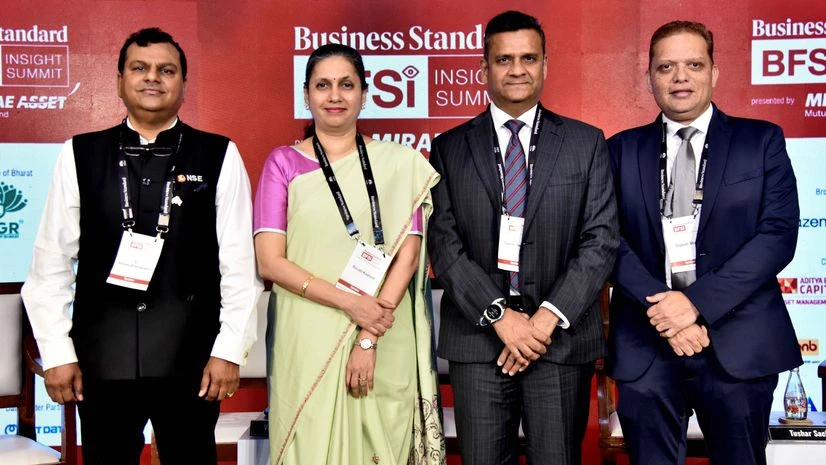India’s manufacturing activity continued to expand in October, with the Manufacturing Purchasing Managers’ Index (PMI) rising to 59.2 from 57.7 in September, according to data compiled by S&P Global. The upturn was supported by strong domestic demand, goods and services tax (GST) relief measures, productivity gains, and higher technology investments.
Pranjul Bhandari, chief India economist at HSBC, said: “India’s manufacturing PMI accelerated to 59.2 in October, up from 57.7 during the month prior. Robust end-demand fuelled expansions in output, new orders, and job creation. Meanwhile, input prices moderated in October while average selling prices increased as some manufacturers passed on additional cost burdens to end-consumers.”
Make smarter market moves with The Smart Investor. Daily insights on buzzing stocks and actionable information to guide your investment decisions delivered to your inbox.
New orders rise, exports weaken
New orders rose sharply at the start of the third fiscal quarter, helped by stronger demand, more advertising, and the GST reform. The pace of expansion was faster than in September, while growth in factory output also quickened. The expansion rate matched August’s level, which was one of the strongest in the past five years.
Most of the rise in sales came from the domestic market, while export orders grew at a slower pace. Though overseas demand for Indian goods continued to improve, it was the weakest recorded so far this year.
A reading above 50 indicates economic expansion, while one below 50 points to contraction in manufacturing, services, or construction sectors. A reading of exactly 50 suggests no change.
Buying activity and inventories surge
Manufacturers increased their purchases of raw materials and semi-finished goods in October to support higher production and build inventories. Purchasing activity rose at the fastest pace since May 2023, while holdings of raw materials and semi-finished goods expanded at the second-fastest rate since March 2005, behind only May 2023.
Also Read
Companies cited demand buoyancy as the main reason for stockpiling inputs. Finished goods inventories also rose slightly, as some firms fulfilled new orders directly from existing stock.
Cost pressures ease
Input cost inflation eased in October, with the latest increase being the weakest in eight months and well below the long-run average. However, despite easing cost pressures, output prices rose at the joint-highest rate in 12 years, matching September’s level.
Job creation remains moderate
Job creation in the manufacturing sector continued for the twentieth straight month in October, with the pace of hiring remaining moderate and broadly unchanged from September.
Forward outlook
Manufacturers remained optimistic about future business conditions, citing GST reforms, capacity expansion, and stronger marketing efforts as key drivers. They also expect demand to stay resilient and are hopeful that pending contracts will be cleared soon.


)
